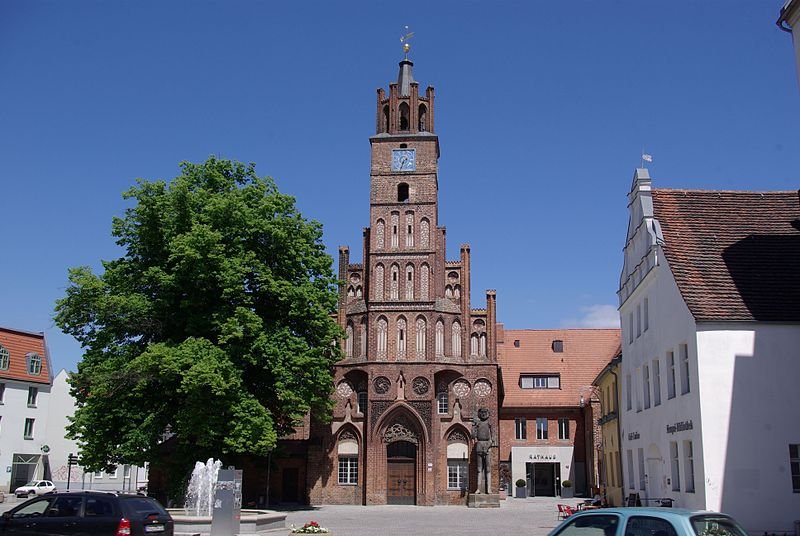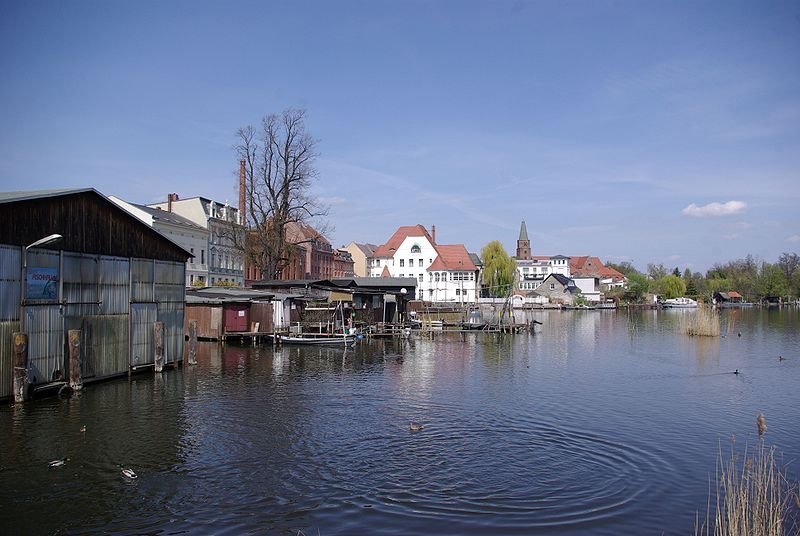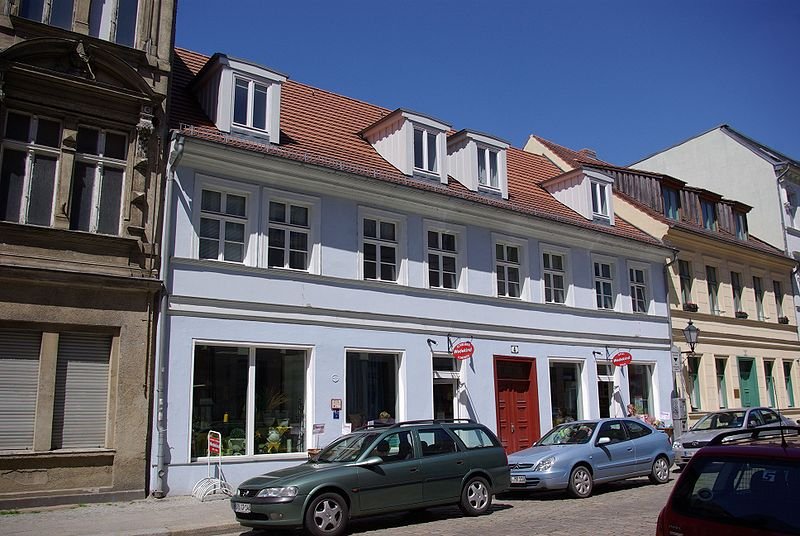 The old town hall and statue of Roland in the Altstadt of Brandenburg an der Havel, Germany
The old town hall and statue of Roland in the Altstadt of Brandenburg an der Havel, GermanySource: https://commons.wikimedia.org/wiki/File:Brandenburg_Altst%C3%A4dter_Markt_11.jpg
Author: Clemensfranz

Brandenburg an der Havel is the town that gives its name to the state of Brandenburg in Germany. Located on the river Havel, hence its full name, the town of Brandenburg covers 229 sq km (88 sq mi) and has a population of 71,500 people (2012 estimate). Today it is a shadow of its former self, totally eclipsed by the metropolis of Berlin nearby. Brandenburg is not even the state capital; that honor goes to Potsdam.
The history of Brandenburg goes back to the fortress built by the Stodoranie, a Slavic tribe that settled it the area from the 7th century onwards. The fortress was conquered by the German king, Henry the Fowler in 929, and the site was under German rule until 983, when the Slavs staged a successful rebellion. For the subsequent 170 years, the Brandenburg settlement was under the rule of Slavic princes until 1150.
Originally located on the western bank of the river Havel, Brandenburg spread to the eastern bank in 1196, creating what is known today as the New Town. These two halves of Brandenburg became members of the Hanseatic League, which helped usher in a period of prosperity from the 14th to the 16th centuries. By the 17th century, the power of Brandenburg was in decline, precipitated by the Thirty Years War (1618-1648) which brought much destruction to the town. Thereafter the center of power moved to Potsdam.
 Dominsel, Brandenburg Havel
Dominsel, Brandenburg HavelSource: https://commons.wikimedia.org/wiki/File:Brandenburg_Dominsel.jpg
Author: Clemensfranz

Brandenburg developed as an industrial hub in the late 19th century. The German Imperial Railway, Deutsche Reichsbahn, was based there, which helped provide a tremendous boost to the local economy.
During the Nazi era, Brandenburg had a concentration camp that was later turned into a euthanasia center where the Nazis liquidate people with mental illnesses, including children. Killing people using toxic gas was first experimented here before being employed for mass killing in Auschwitz. The presence of an aircraft factory in Brandenburg caused it to receive heavy Allied bombing.
Brandenburg had a population of 100,000 people during German reunification in 1990. Since then, its population had declined to 71,500, as many of its people moved to Berlin and other former West German cities seeking brighter employment prospects.
 Neustadt, Brandenburg an der Havel
Neustadt, Brandenburg an der HavelSource: https://commons.wikimedia.org/wiki/File:Brandenburg_Kurstra%C3%9Fe_4.jpg
Author: Clemensfranz

How to go to Brandenburg an der Havel
From Berlin, take Autobahn 10 followed by Autobahn 2 to Exit 78 (Brandenburg). Then continue north on Highway 102 to arrive in Brandenburg an der Havel.Places of Interest in Brandenburg an der Havel
- Altstädtisches Rathaus
- Angler Fountain
- Brandenburg Altstadt
- Brandenburg Cathedral
- Brandenburg City Wall
- Brandenburg Neustadt
- Dominsel
- Gotthardkirche
- Jakobskapelle
- Marienberg
- Soviet Memorial
- St Johanniskloster
- St Katharinenkirche
- St Nikolaikirche
- St Pauli Kloster
- St Petrikapelle
- Statue of Roland
- Zuchthaus Brandenburg
 Latest updates on Penang Travel Tips
Latest updates on Penang Travel Tips

Copyright © 2003-2025 Timothy Tye. All Rights Reserved.

 Go Back
Go Back